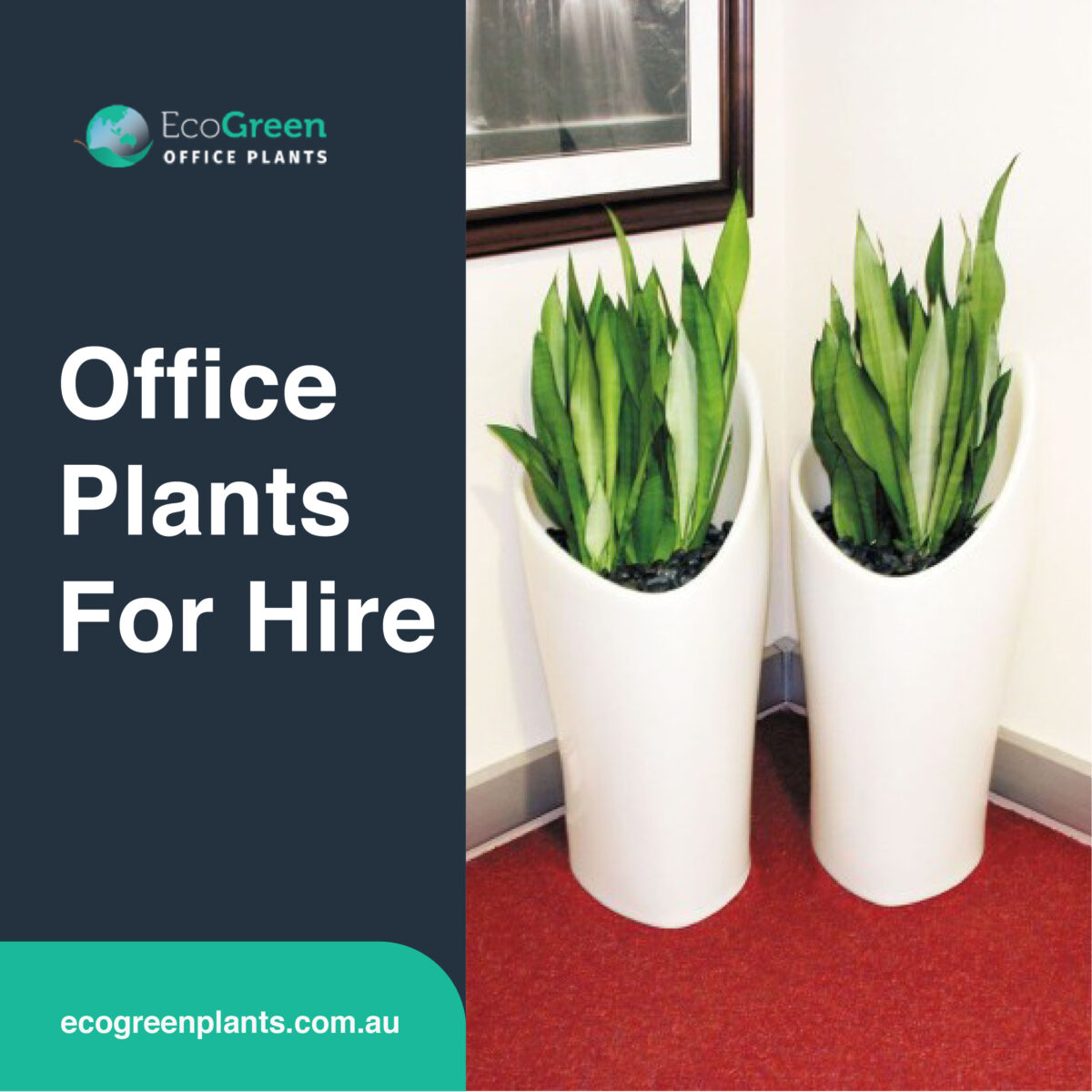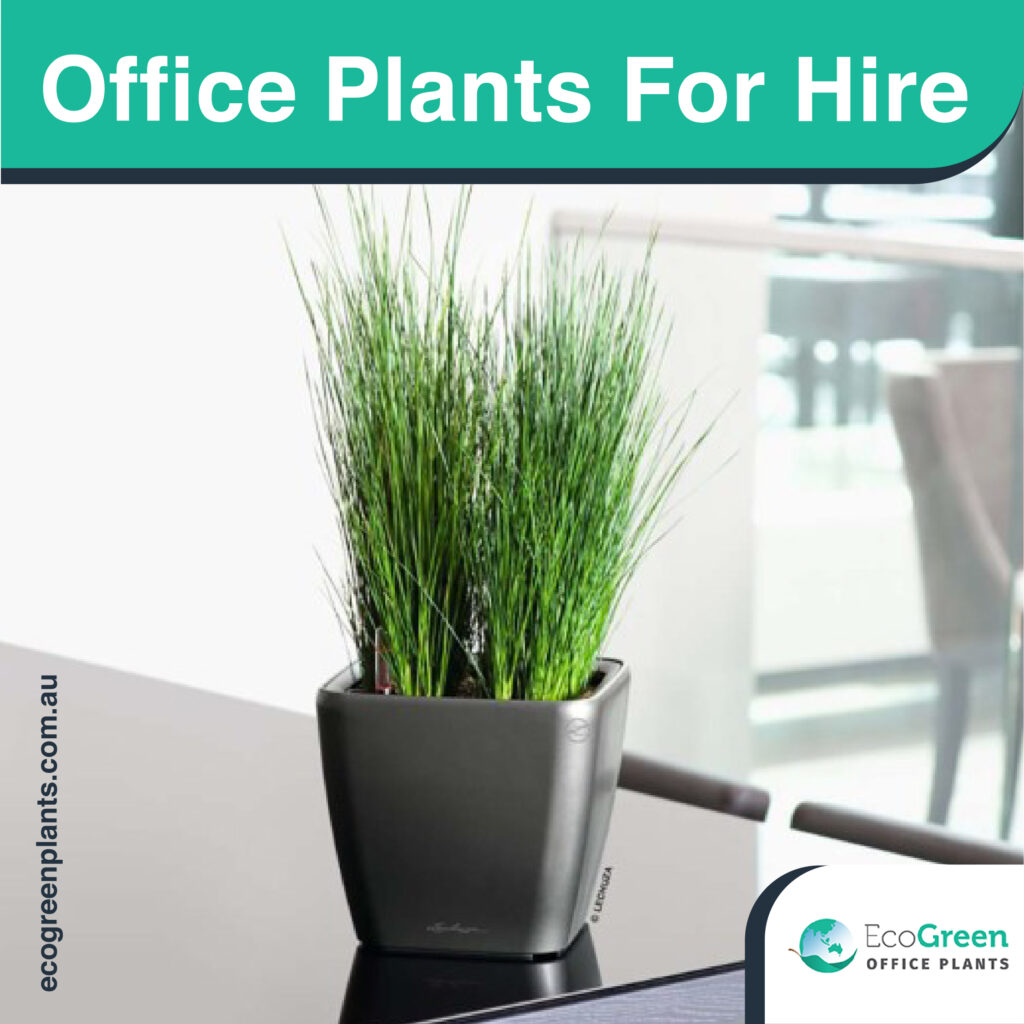Ways on How Indoor Plants Reduce Indoor Noise Level

Living near a busy street or highly can become nuisance hampering the experience of staying indoors. With constant honks of cars and bikes to people walking on the streets, you are bound to experience disturbance while sleeping, weekends getting ruined and more. Insulation can help however it is expensive. Instead of insulation consider keeping a few indoor plants. Indoor plants are known to play a role of reducing indoor noise level at minimum. Here’s how it works.
- Keeping more Indoor Plants Instead of One – Indoor plants have the ability to absorb sound. To enjoy this experience, consider keeping not one but many indoor plants as possible. This allows the plants to absorb more sound and give you peaceful indoor experience.
- Using Large Planters – A planter acts as a screen giving the plants the ability to absorb more sound and reducing noise levels indoors.
- Placing the Plant in the Right Position – You may have invested in a ton of indoor plants however its placement is absolutely crucial. Instead of placing the plants in the center, you should consider placing them on the sides or the corners of the wall. This helps the plant to absorb more sound and you experience lesser noise inside your home. Therefore, ensure you keep the plants in the corners and not in the center to experience better indoor noise while staying indoors with your friends and family members.
These are the ways indoor plants help in reducing indoor noise level. Consider office plant hire to learn more tips.

